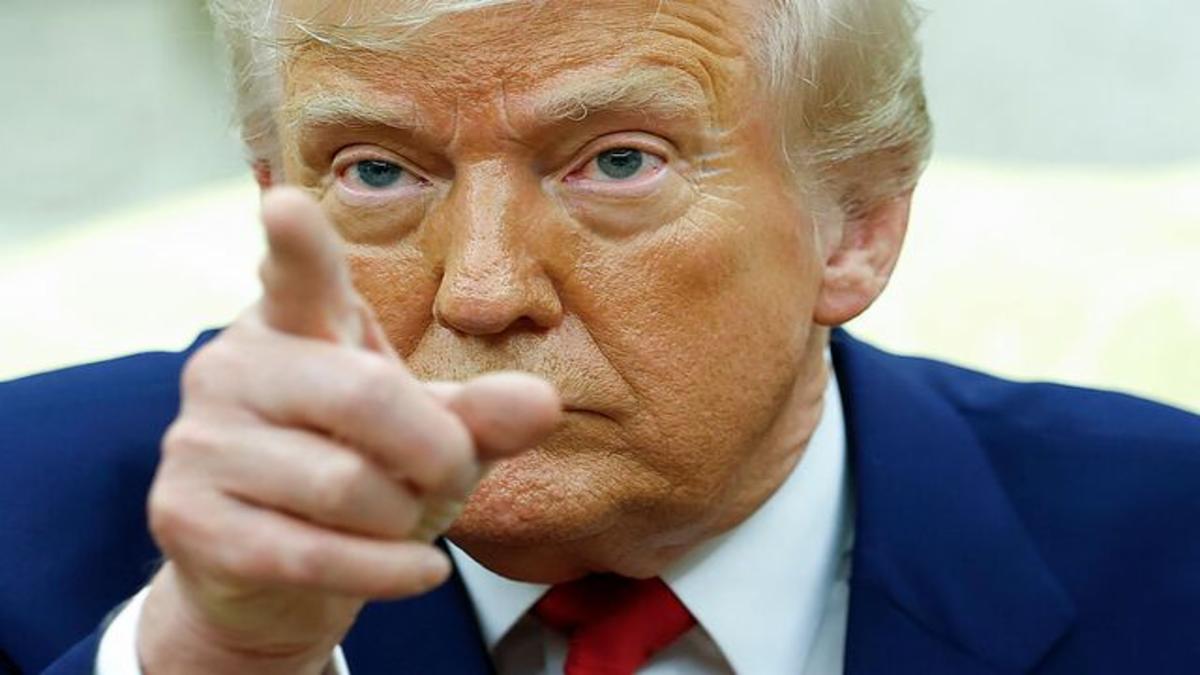Article Body
The Trump administration’s decision to withdraw $2.6 billion in research grants from Harvard sent shockwaves through the academic world. Behind this figure lies a sobering reality—halted breakthroughs, job uncertainty, and a historic disruption to one of the world’s most prominent research ecosystems.
Federal Funding Cut: The Scope
-
Over 950 federally funded projects were abruptly frozen or terminated.
-
Key research sectors disrupted: cancer treatment, infectious disease, digital security, and veteran healthcare.
-
40% of Harvard’s research operations relied on federal support—far exceeding what even its $53 billion endowment could fully sustain.
Historical Context: How Unprecedented Is This?
-
No previous administration had used research grants as leverage to this extent.
-
Past threats—like visa restrictions for foreign students and taxing portions of endowment income—now seem like precursors.
-
The grant withdrawals invoked a rare policy-based termination clause, signaling a new strategy in federal-university relations.
Ripple Effects: By the Numbers
-
Hundreds of research jobs—including graduate fellowships and postdoctoral positions—put in jeopardy.
-
High-impact projects in oncology trials, pandemic defense, and veteran support systems stalled or downsized.
-
A separate but concurrent hit came via an endowment tax increase, from 1.4% to 8%, intensifying financial strain.
Conclusion
This case isn’t just a funding dispute—it’s a statistical wake-up call. If the courts allow federal agencies to retract research support over ideological or policy differences, then the autonomy and security of academic research funding in the U.S. stands on fragile ground.


Comments